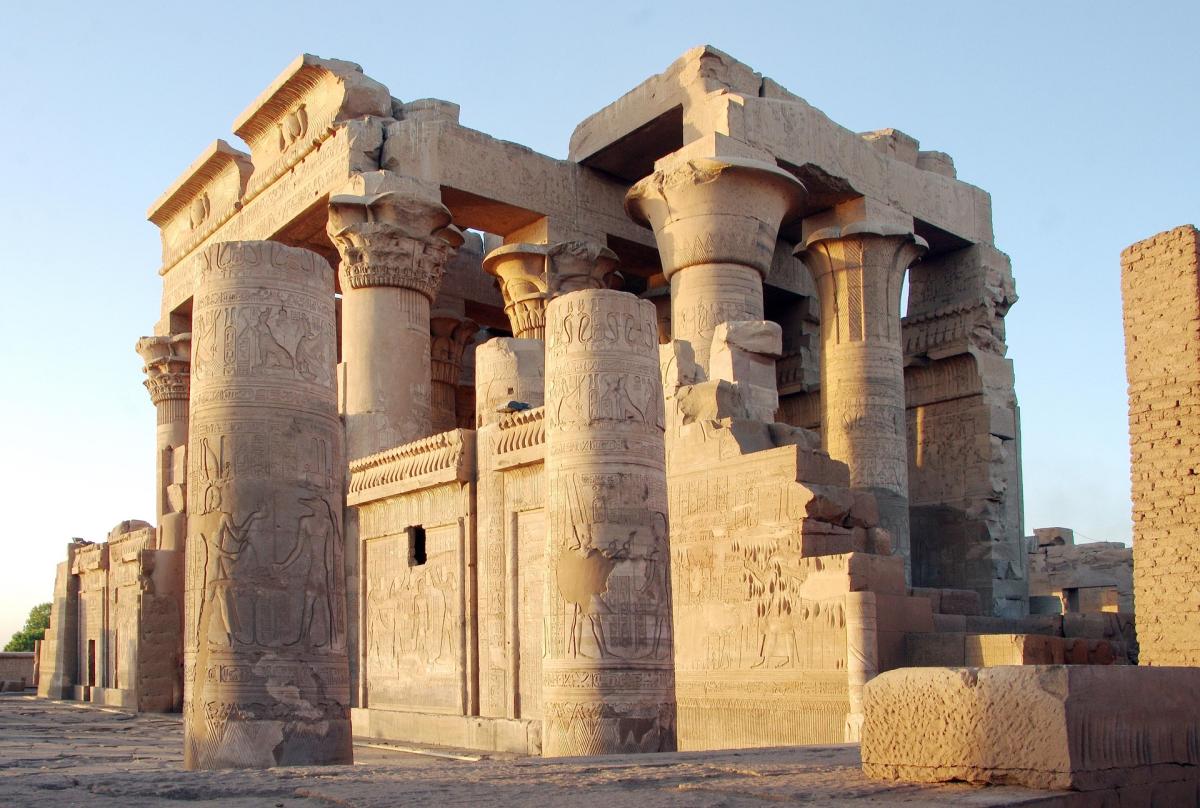
A Three-Night Journey on the Nile from Aswan to Luxor
My journey began in the beautiful city of Aswan, where the clear blue waters of the Nile meet the azure sky and the scorching sun of the Egyptian desert. This is one of the most fascinating historical and cultural spots in Egypt, where modernity and antiquity exist side by side. Aswan is renowned not only for its ancient history but also for its natural and cultural landscapes.
Beginning the Journey from Aswan: A City Embraced by the Nile
The journey started from Aswan, a city located in southern Egypt. Aswan is a city where the heat of the sun penetrates to the bone, but the gentle breezes that blow over the Nile make this heat pleasant. It's a city where history and modernity have coexisted; traditional markets alongside luxury hotels, Nubian villages next to stunning ancient monuments.
One of the first places I visited was the Great Aswan Dam. This massive structure, built in the 1960s, is considered one of the most important engineering projects in modern Egyptian history. The dam not only provides hydroelectric power for the country but also plays a crucial role in controlling the Nile's floods. From the top of the dam, there is an amazing view of Lake Nasser, one of the world's largest artificial lakes, which was created after the construction of the dam.
After visiting the dam, I went to the Nubian villages. The Nubians are an ethnic group that has lived in this region for thousands of years and has its own unique culture, language, and architecture. Their houses are decorated with bright colors and geometric patterns, and their hospitality is famous. Sitting in a local house, drinking mint tea, and hearing stories of the Nubian people from their own mouths was an experience I will never forget.
Day One: Moving Towards Kom Ombo
As the sun set, I boarded my cruise ship. The ship slowly moved into the waters of the Nile, and I stood on the deck watching the moon rise over the water. I felt like I was traveling with this eternal river, into the depths of history.
Our first stop was at the Temple of Kom Ombo, a temple dedicated to two gods: Sobek, the crocodile god, and Horus, the falcon god. The symmetrical design of the temple, which reflects the duality of these gods, amazed me. As I explored the walls of the temple, I saw bas-reliefs that told stories of medicine, religion, and daily life in ancient Egypt.
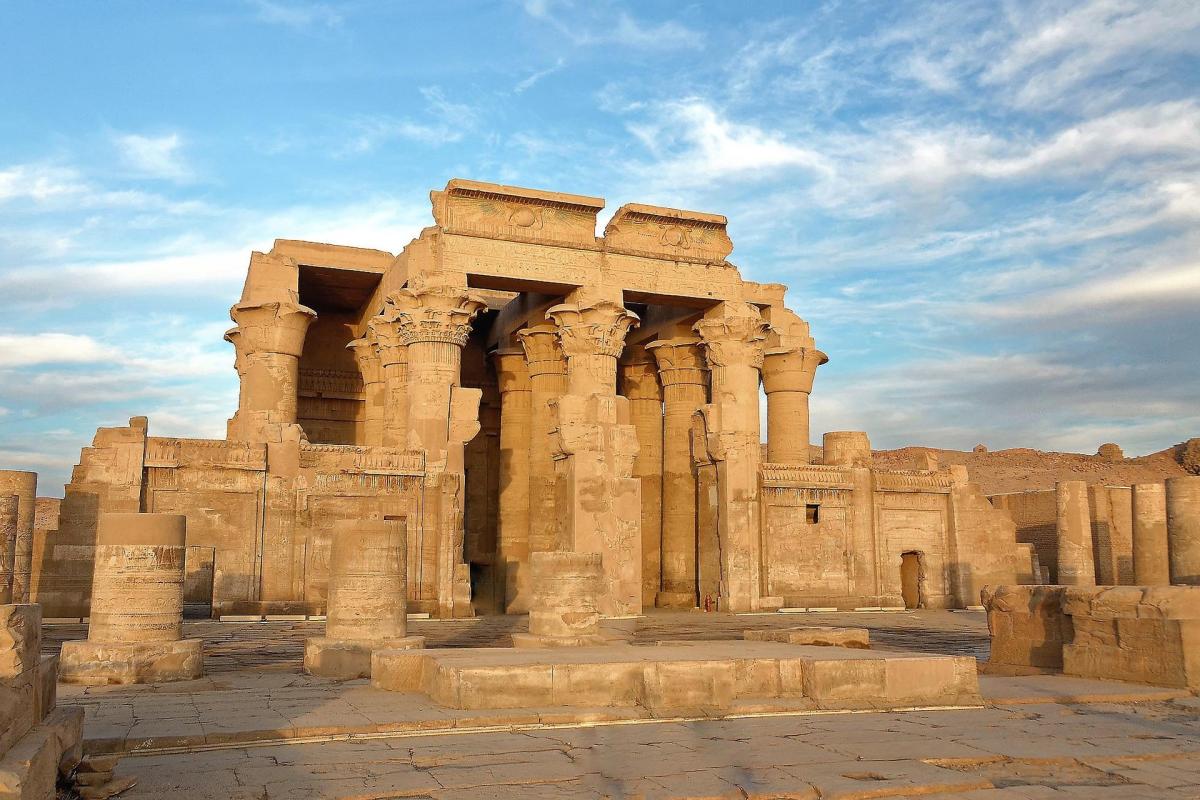
Near the temple, there was a small museum that displayed mummies of sacred crocodiles. Watching these mummies and contemplating the beliefs that ancient people had about the power of these animals was interesting and a little scary.
Day Two: Edfu; A Journey to the Temple of Horus
At dawn on the second day, our ship arrived in Edfu. This city is home to one of the most amazing temples of ancient Egypt: the Temple of Horus. When I passed through the huge entrance gate of this temple, it was as if I had returned to thousands of years ago.
The Temple of Horus is one of the best-preserved temples in Egypt, and the height of its walls still has the same majesty as in ancient times. Inside the temple, there are inscriptions of the mythical battles of Horus and his enemy, Seth. The local guide explained how the Egyptians considered this story a symbol of the battle between good and evil.

One of my most beautiful moments in the temple was entering the columned hall. The huge columns with hieroglyphs that held secrets of the past created a spiritual atmosphere.
Day Three: Entering Luxor; The City of Temples and Secrets
On the third day, our ship arrived in Luxor, one of the most ancient and valuable historical cities in the world. Luxor is rightly called the "largest open-air museum in the world" because every corner of this city has a trace of the glory of ancient Egypt.
The first place I visited was the Karnak Temple. This huge complex of temples, which was built over more than 1,500 years, includes large halls, giant columns, and stunning statues. When I entered the Hall of Columns, I found myself among 134 tall columns, each of which told a story of the past.
After the Karnak Temple, I went to the Luxor Temple. This temple has a magical effect, especially at sunset. The local guide explained how this temple was the venue for important religious ceremonies during the reign of the Pharaohs.
But perhaps the most amazing part of my trip in Luxor was the hot air balloon ride. At sunrise, when I got on the balloon and slowly rose into the sky, a dreamlike landscape spread out beneath me. The Nile River flowed like a silver thread in the middle of the land of Egypt, and the huge temples shone like gems in this landscape.
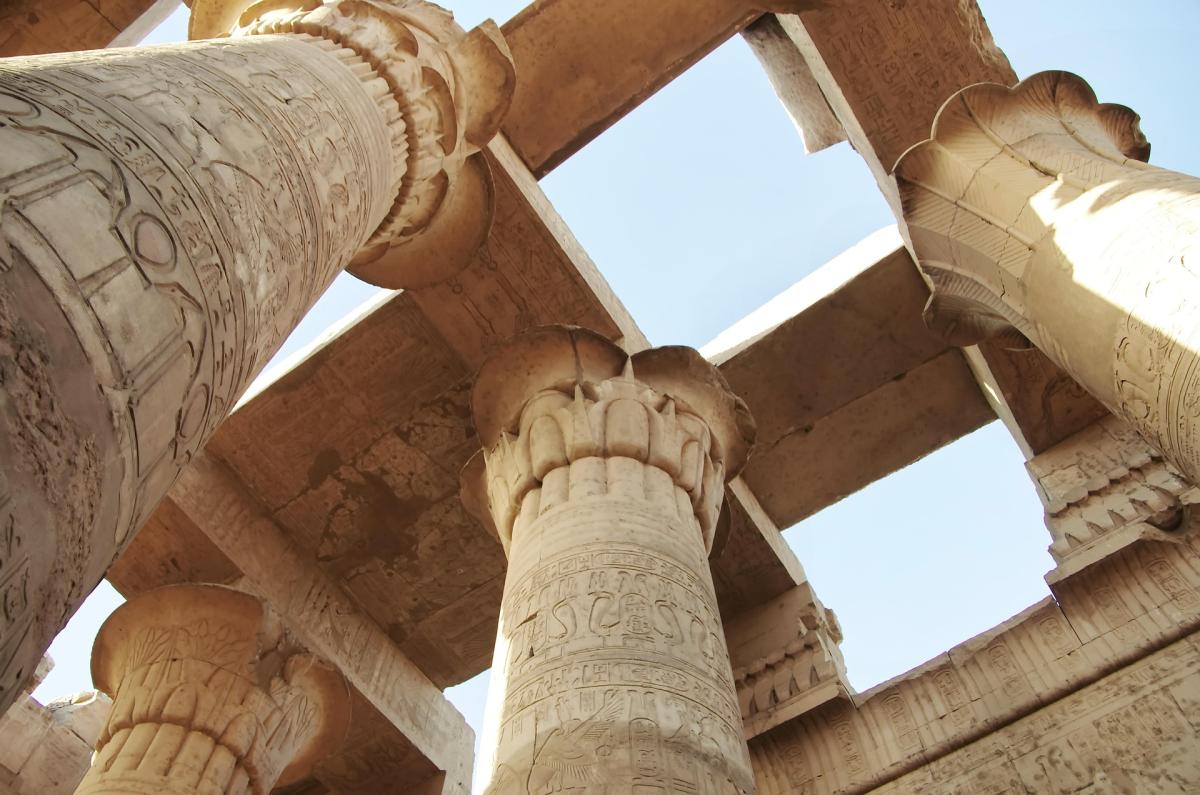
End of the Journey; An Experience Beyond Time
At the end of this trip, I felt like I was carrying a piece of history with me. Ancient Egypt was no longer just a collection of ancient stories for me, but a living land that was still beating beside the Nile. These three days introduced me not only to historical monuments but also to the culture and people of Egypt.
The Nile, the river that has given life to this land, still flows and whispers its thousands of years of stories to every traveler who comes to its side.
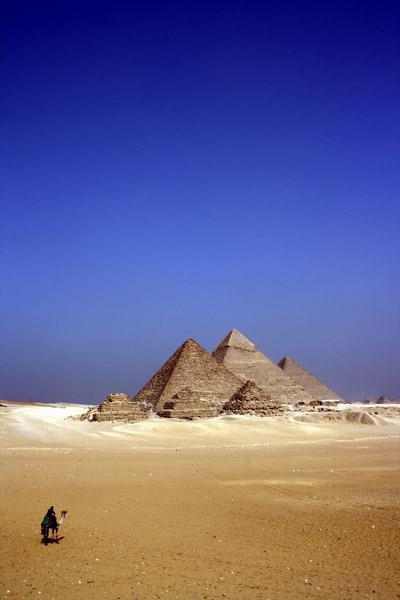
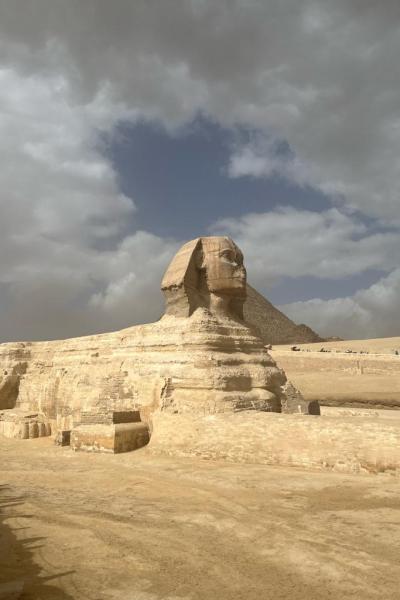
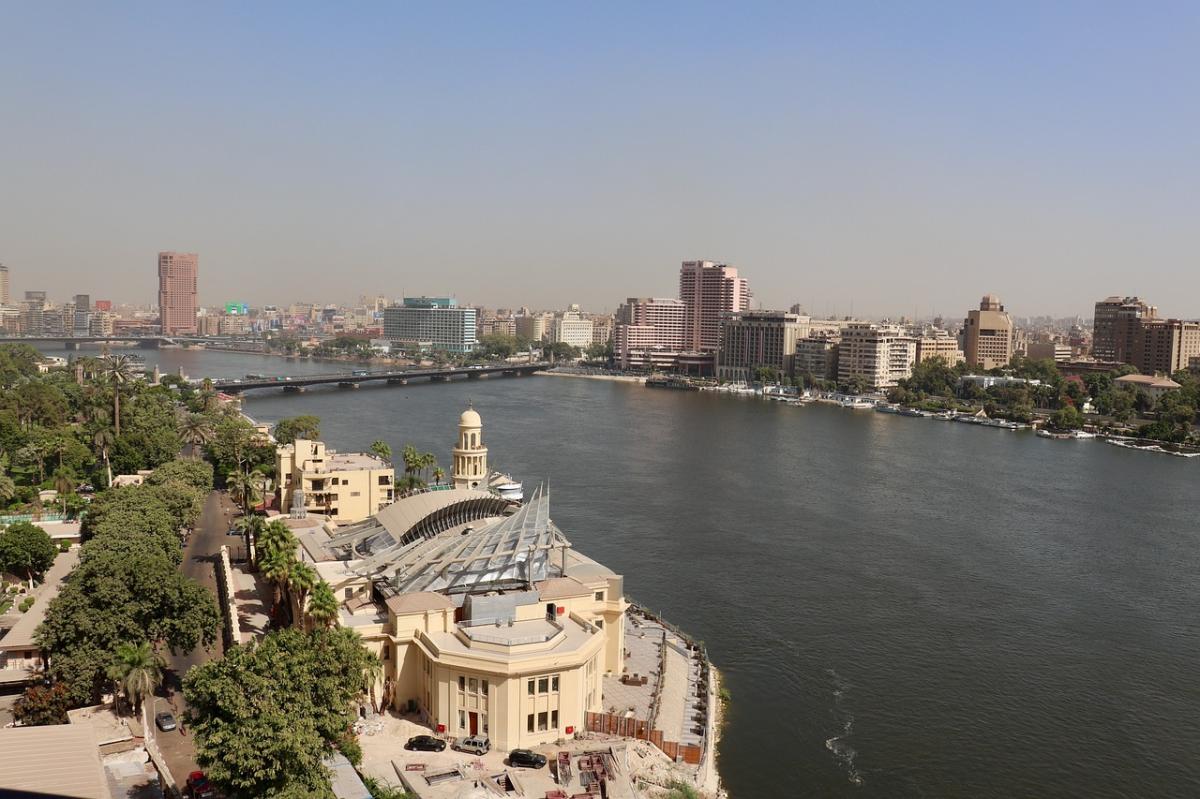
Felucca cruising is a unique and relaxing way to explore the Nile in Luxor, Egypt. Take a step back in time as you board one of these traditional wooden boats, known locally as feluccas, and sail down the river. The beauty of this ancient sailing craft is unparalleled with its classic design that has...
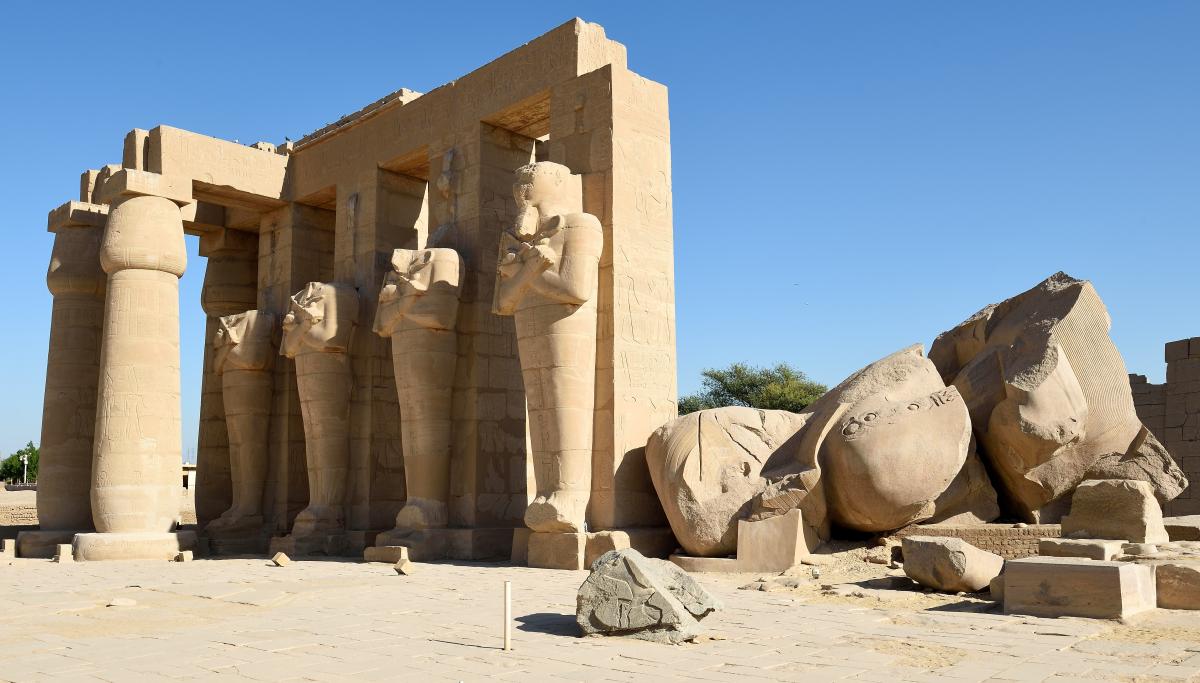
Across the Nile River from the bustling modern city of Luxor lies a landscape of dramatic dualities that shaped the beliefs and lives of the ancient Egyptians . The West Bank presents a stark transition from a verdant, life-giving floodplain, created by millennia of the Niles annual deposit of fertile...
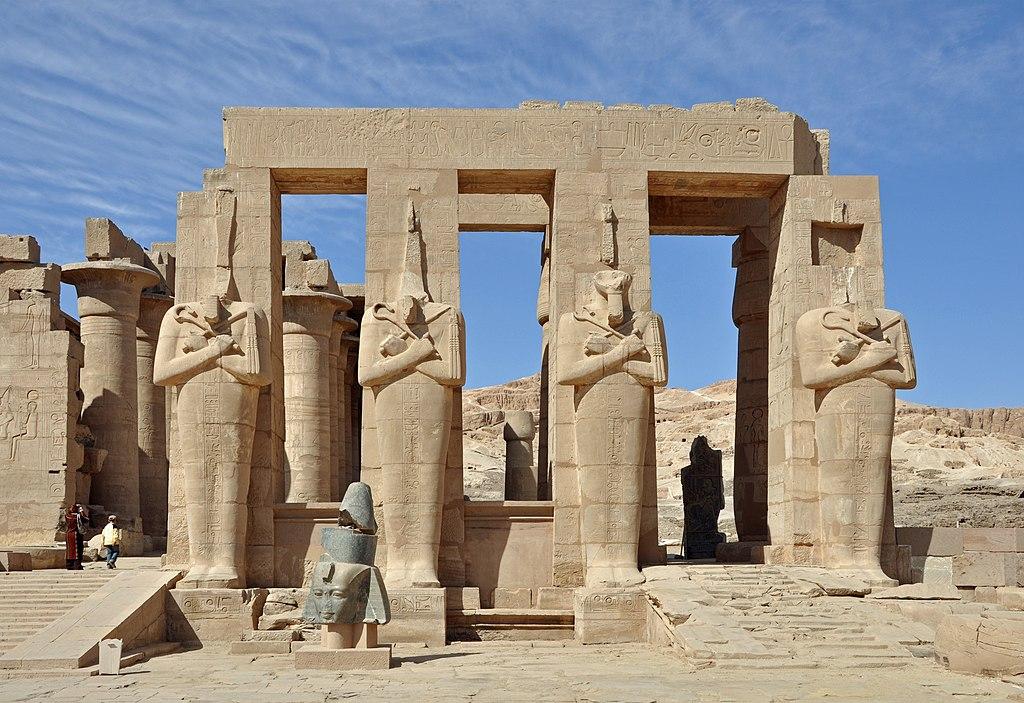
The Ramesseum Temple is a grandiose monument located in Luxor, Egypt. Built by Ramses II during the 19th Dynasty of ancient Egypt, it was designed as an homage to the great pharaoh and his accomplishments. The temple complex consists of two main structures: a large pylon gateway and a hypostyle hall...